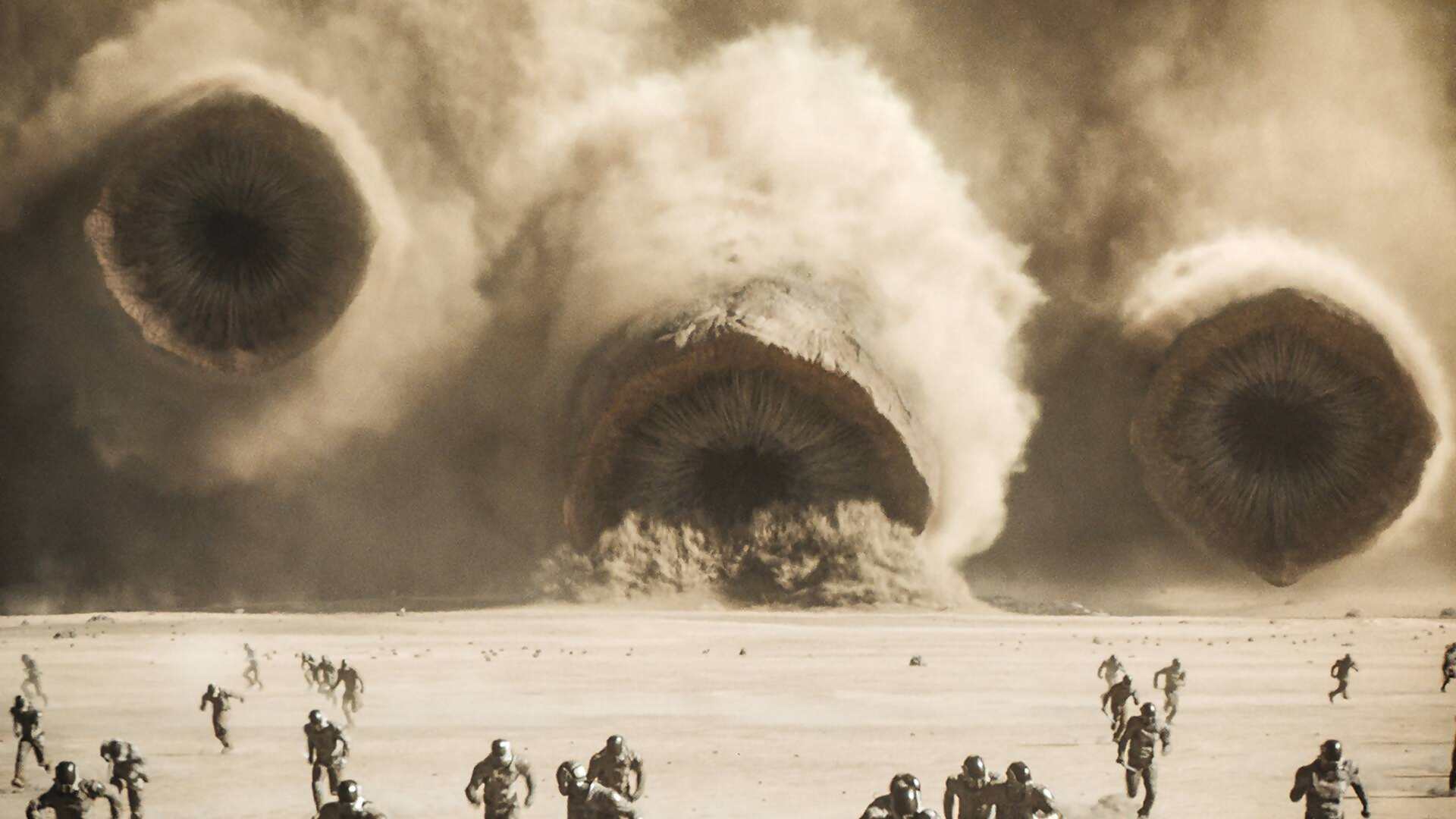
The collapse of Technicolor has also seen the closure of The Mill and MPC, pointing to a growing crisis in the VFX business.
Last weekend, VFX supervisor Paul Lambert accepted a Best Visual Effects Oscar for his work on Dune: Part Two. In his conspicuously brief speech, he paid tribute to the numerous companies that contributed to the sci-fi epic’s spectacular imagery, including the “incredible” Moving Picture Company (MPC).
The namedrop was a poignant one given that the London-based studio had recently closed after 55 years of business. MPC was one of a number of studios owned by Technicolor Group – a French company whose legacy stretches back to 1916.
On the 25th February, news broke that Technicolor had gone into receivership, putting 440 employees out of work and in turn terminating a number of companies operating under its banner. Besides MPC, these included The Mill, a VFX studio founded in 1990, and Mikros, which specialised in VFX and post-production for animated movies.
Between them, these studios had worked on some of the most successful films of all time. MPC had won awards for its work on Life Of Pi, The Martian, Blade Runner 2049 and 2020’s The Lion King. The Mill’s work included Gladiator, three Harry Potter films and In The Heights. They were also still busy; MPC had worked on Disney’s Snow White remake, due out later this year, and The Mill was recently credited on Apple’s hit series, Severance.
The collapse of Technicolor was so sudden that it caught its employees off-guard. Variety has published a story that describes the chaos within its offices, as workers received the bad news via email and scrambled to retrieve their belongings. There was also, according to the report, “looting of office items” in a scenario that sounds like something out of a disaster movie.
Read more: Dune: Part Two | 12 details you may have missed in Denis Villeneuve’s sci-fi epic
In an email to staff, Technicolor CEO Caroline Parot blamed a number of factors for the crisis, including an industry slowdown following the writers’ strike and ongoing economic shockwaves from the 2020 pandemic. In the wider industry, though, there have been suggestions that chronic mismanagement may be to blame for Technicolor’s collapse, with the company initially filing for bankruptcy protection in 2020 before several bouts of restructuring.
The loss of Technicolor and the companies under its ownership points to a wider crisis in the industry, however. Mainstream films are becoming more reliant on visual effects with each passing year, but the greater demand for VFX has created a race to the bottom when it comes to the price for each shot.
Movie studios are constantly looking to bring down costs, and are willing to shop around to find VFX companies that will undercut their competitors to gain valuable contracts. This in turn affects profit margins for studios, which in turn means a company can be working on a multi-million-dollar movie one week and forced to close down the next.
A high-profile example cited by Variety is Rhythm & Hues, the studio that filed for bankruptcy in early 2013 – just two weeks before it won Best Visual Effects for its work on Life Of Pi.
Increasingly, VFX studios and post-production companies form the backbone of mainstream cinema. Yet Hollywood’s biggest film studios continue to force down prices while – seemingly – ignoring the crisis unfolding right in front of it.






